Mitigating the Dangers of
Friction

Friction as a Source of Industrial Ignition
Friction-generated heat can be a silent but serious ignition source in high-speed or high-pressure machinery. When moving components wear, jam, or misalign, they generate enough heat to ignite surrounding dust or materials. Proactive detection is key to stopping fires before they start.
Friction occurs naturally in industrial systems with moving parts—conveyors, sanders, presses, fans, or rollers. But when these systems are stressed, poorly lubricated, or obstructed by product buildup, they can generate temperatures exceeding 900°C. That’s more than enough to ignite common materials such as wood dust, paper trimmings, or textile fibers—especially when airflow is limited.
These ignition points often form inside enclosed equipment, meaning fires may start undetected and spread internally before any external signs are visible. Targeted solutions such as thermal imaging, spark detection, and localized suppression can prevent incidents where friction heat is the ignition source. It’s especially important in facilities with continuous production or limited access for maintenance.
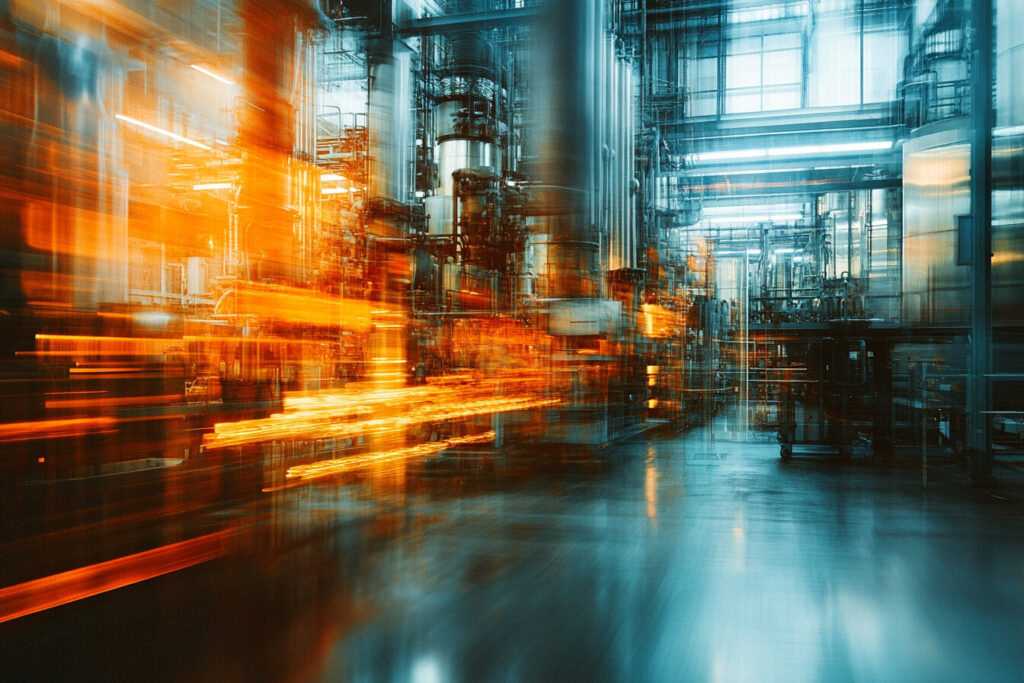
Industries Most at Risk
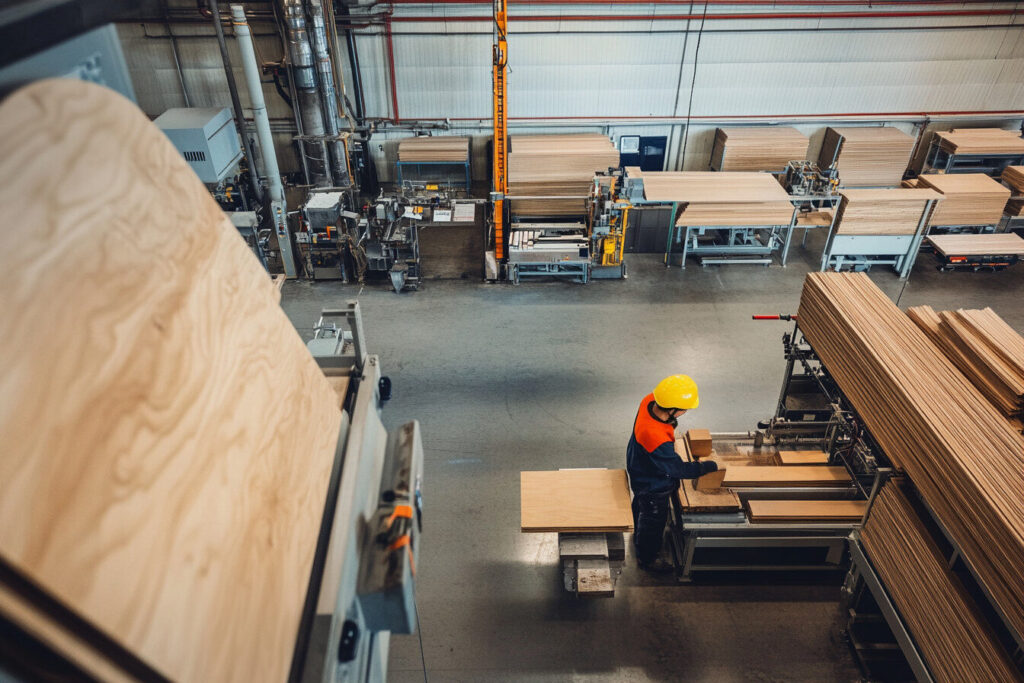
Woodworking & Wood Panel
Sanders, cutting heads, and presses generate friction near dust-filled zones.
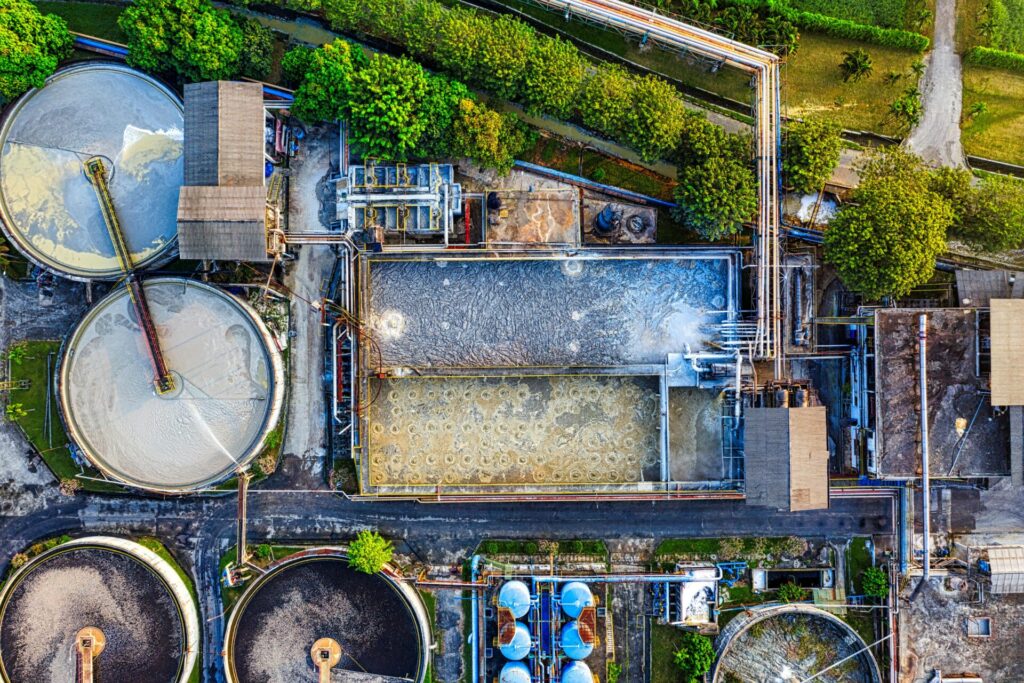
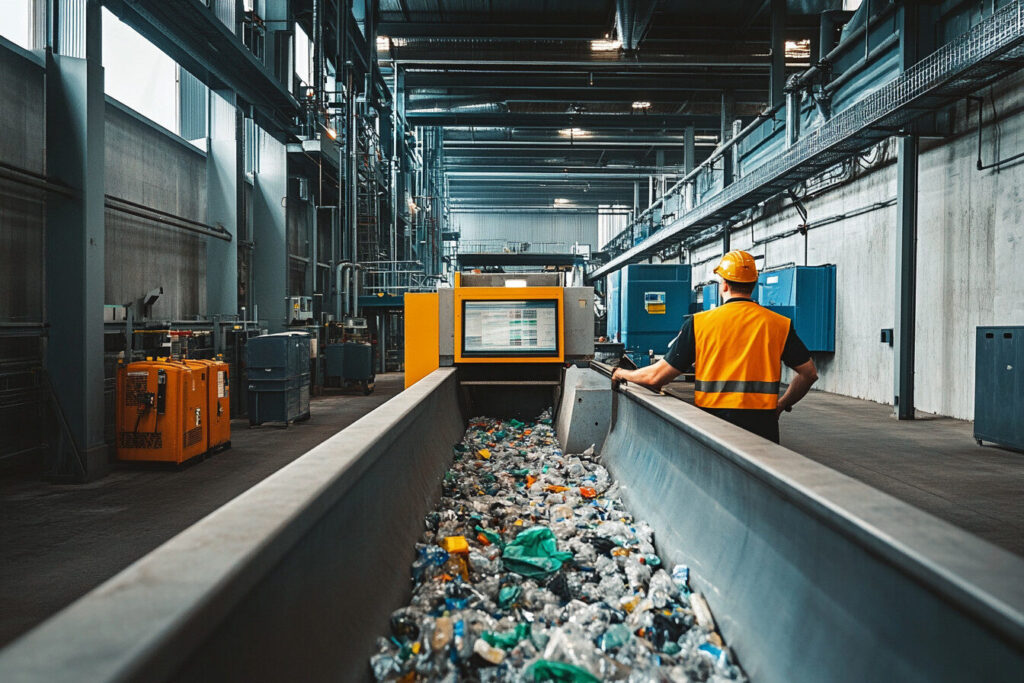
Recycling
Shredders, grinders, and conveyors are frequent points of material jamming and friction.
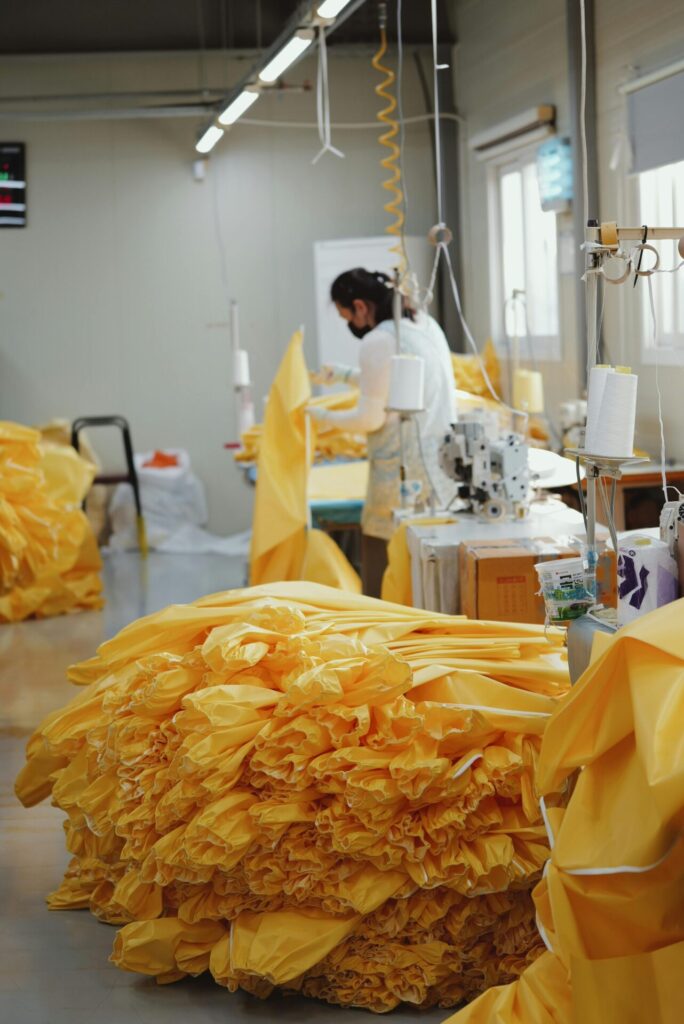
Textile Manufacturing
High-speed weaving and spinning machinery create consistent friction near flammable fibers.
We solve complex fire protection challenges by working side by side with our customers to create lasting impact. Together, let’s safeguard what’s next.
FM Approved Fire Protection
All our fire prevention products are FM approved, meeting the highest safety standards. As the official North American distributor for Firefly, we provide cutting-edge protection, including the only FM-approved spark detection system for high-temperature particles.
Industries We Protect
Fire Safety Solutions for High-Risk Industries. We protect industries where fire risks are high, ensuring operational safety and business continuity.